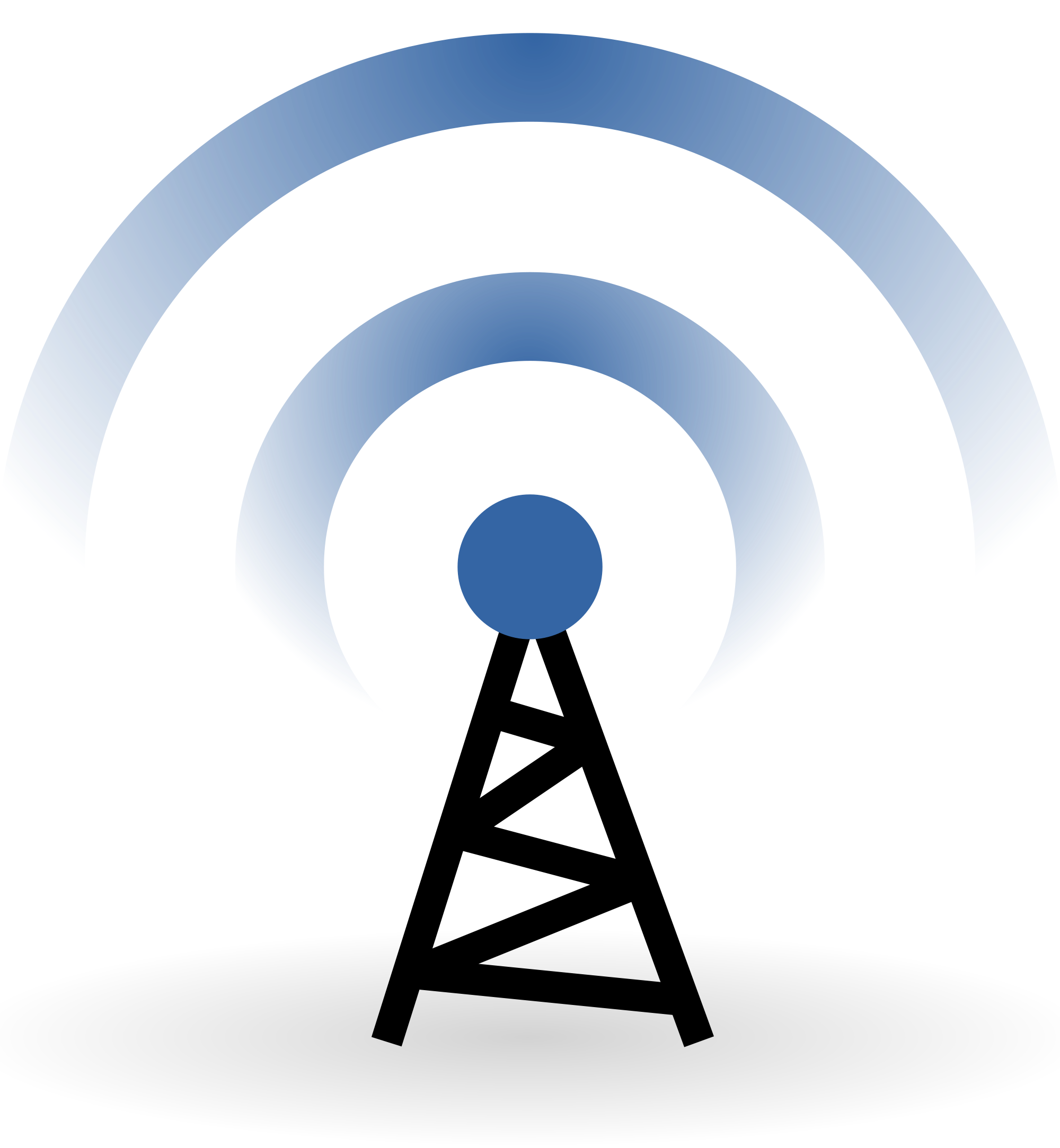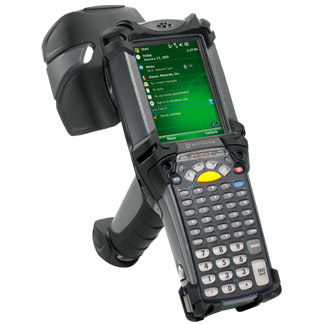Security issues and regarding data transfer
Security issues with using a computer network:
["If your computer is connected to a network, other people can connect to your computer."]There are several security issues that you computer might get to face when using or connecting with a computer network such as:
- Hacking....A person who gains unauthorized access to a computer system are called HACKER. They usually discovered and exploited computer system failure.
- Viruses....Software that can 'infect' a computer (install itself) and copy itself to other computers, without the users knowledge or permission.
- Malware...is short for malicious software. Malware is the name given to any software that could harm a computer system, interfere with a user's data, or make the computer perform actions without the owner's knowledge or permission.
Sometimes the internet is not policed; and you might existence to the unappropriated websites.
Physical security:
You can prevent these by: using anti-malware software; using firewall; secure your network, etc.
Avoiding password interception:
- Use anti-spyware
- Change the password regularly...[The password should be strong and hard to identify, with lowercase and uppercase alphabets and numbers (number should not be easy to guess e.g. date/month/year of birth or age etc). You also can use the symbols show on the keyboard if they allow].
- Preventing unauthorized access
- Securing your data...Encrypt
- Installed firewall
Authentication Techniques (security):
- Biometric methods: refers to metric related with human characteristics such as fingerprint recognition, iris recognition, face recognition, voice authentication, retina scan etc.......
- Magnetic stripes:
- Id cards:
- Passports:
- Physical tokens: e.g. security token, hardware token, authentication token, USB token, cryptography token, software token, virtual token, or key fob are used to prove one's identity electronically.
Antivirus software and avoiding viruses:
There are some simple ways to prevent your computer from getting viruses:
Encryption is a process of converting information into a form that is meaningless to anyone except holders of a ‘key’.
Uses;
- Secure the important or personal data.
- Encrypt data.
- Prevent the data from the hacker.
Typical data protection act:
Many governments have realized the need to protect peoples' data from misuse, and have created Data Protection Acts. These are a legal rules that must be followed by any business of organisation that keeps a database containing peoples' personal data.
A typical Data Protection Act might include the following rules;
- Data must only be kept if it is necessary for the business / organisation (e.g. a store shouldn't keep details of your political or religious views - they don't need to know this!)
- Data must be accurate and kept up-to-date (it is the duty of the business / organisation to make sure the data has no errors)
- Data must not be kept longer than necessary (e.g. you can't keep a customer's details forever - only whilst they are still your customer)
- Data must be kept secure (e.g. databases should be encrypted, firewalls should be used for networks, etc.)
- Data must not be transferred to any country that does not have a similar data protection laws






